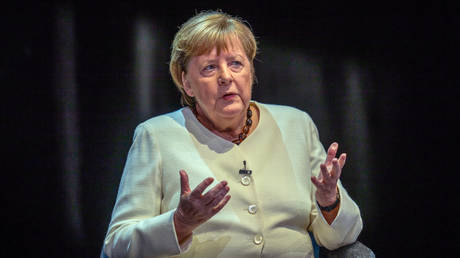ARTICLE AD BOX
Our discarded electronic gadgets are creating unmanageable e-waste across the world, according to a shocking new report. The report from the International Telecommunications Union (ITU) and United Nations Institute for Training and Research (UNITAR) said that the world produced 62 million tonnes of e-waste in 2022 - the equivalent weight of 6,000 Eiffel Towers, or filling around 1.55 million 40-tonne trucks - equivalent to encircling the equator with trucks bumper-to-bumper. It revealed another grim statistic - that the world's waste is increasing by 2.6 million tonnes each year and could hit as much as 82 million tonnes by 2030.
The report said that less than one quarter of the 62 million tonnes of e-waste produced in 2022 was recycled, resulting in heavy metals, plastics and toxic chemicals leaking from junked devices.
"This is a big catastrophe for the environment. No more than 1% of demand for essential rare earth elements is met by e-waste recycling. Simply put: Business as usual can't continue," Kees Balde, lead author of the report, said.
Far from worthless junk, the UN estimates the value of metals in all these discarded gadgets at $91 billion.
A third of the 62 million tonnes of e-waste is generated by small everyday items like e-cigarettes and tablets, household appliances like electric toothbrushes and toasters. A further 4.6 million tonnes comes from what the report calls 'small IT and telecommunications equipment'.
The report said that if countries could bring the e-waste collection and recycling rates to 60 per cent by 2030, the benefits - including through minimising human health risks - would exceed costs by more than $38 billion.
"The Global E-waste Monitor shows that we are currently wasting $91 billion in valuable metals due to insufficient e-waste recycling. We must seize the economic and environmental benefits of proper e-waste management; otherwise, the digital ambitions of our future generations will face significant risks," said Vanessa Gray, Head, Environment and Emergency Telecommunications Division, ITU Telecommunication Development Bureau.
.png)
 8 months ago
4
8 months ago
4








 English (US)
English (US)